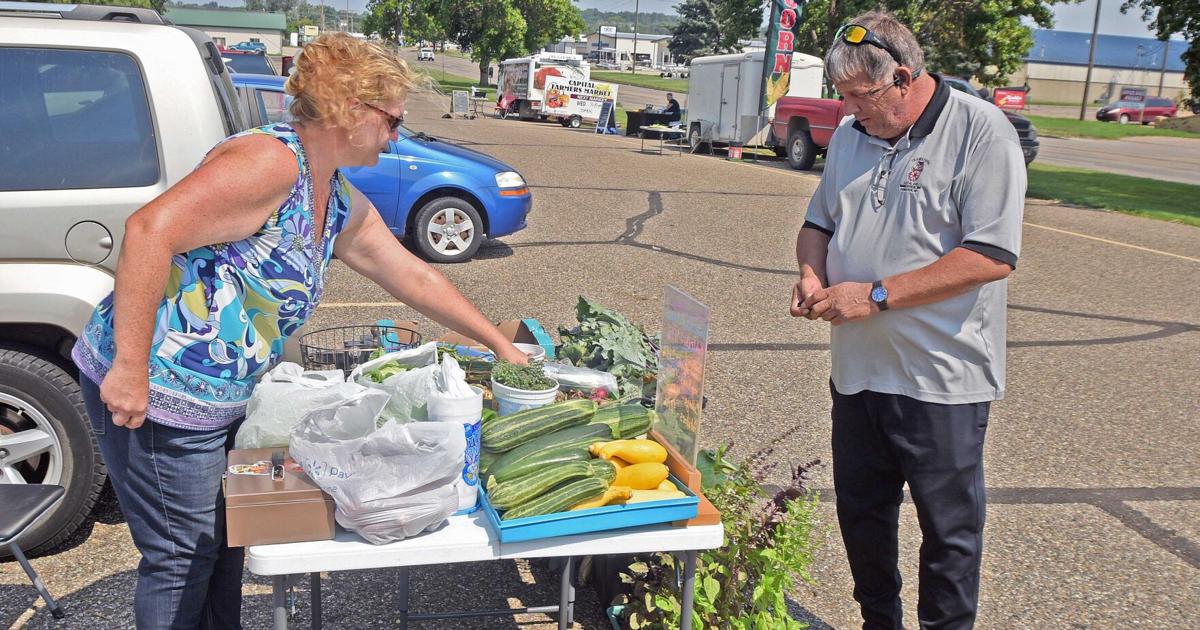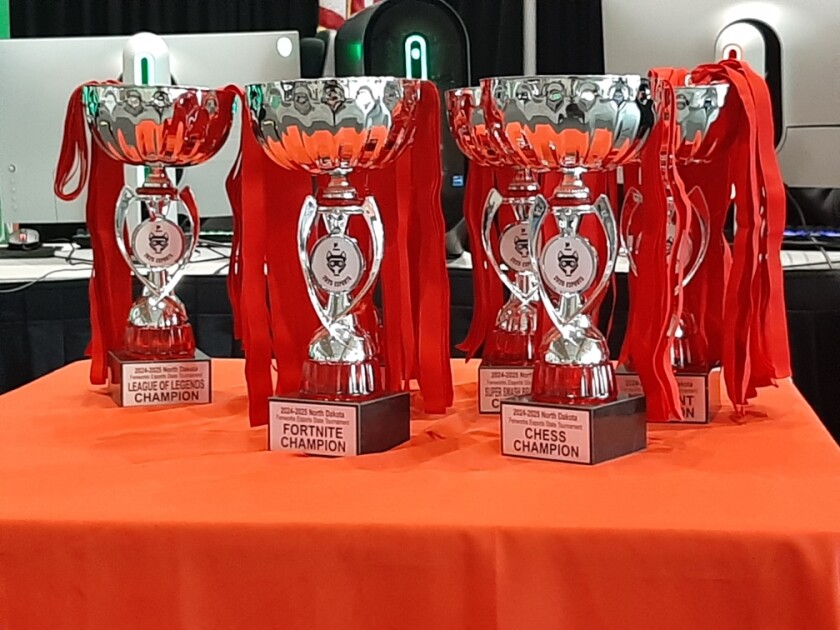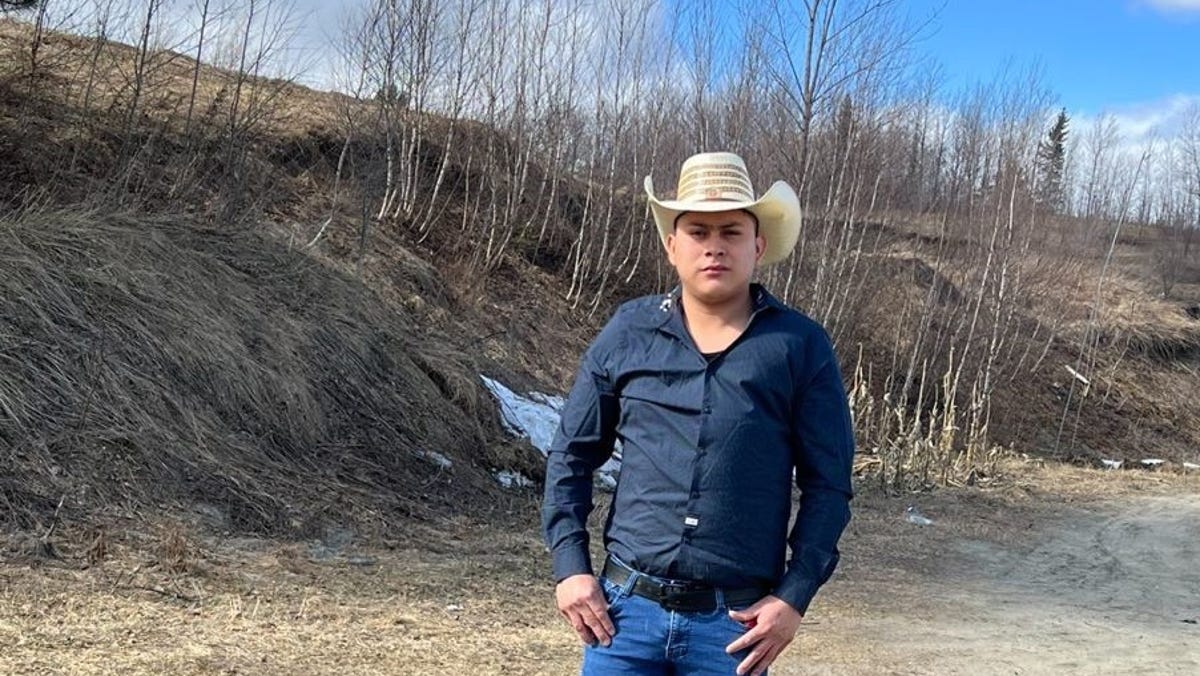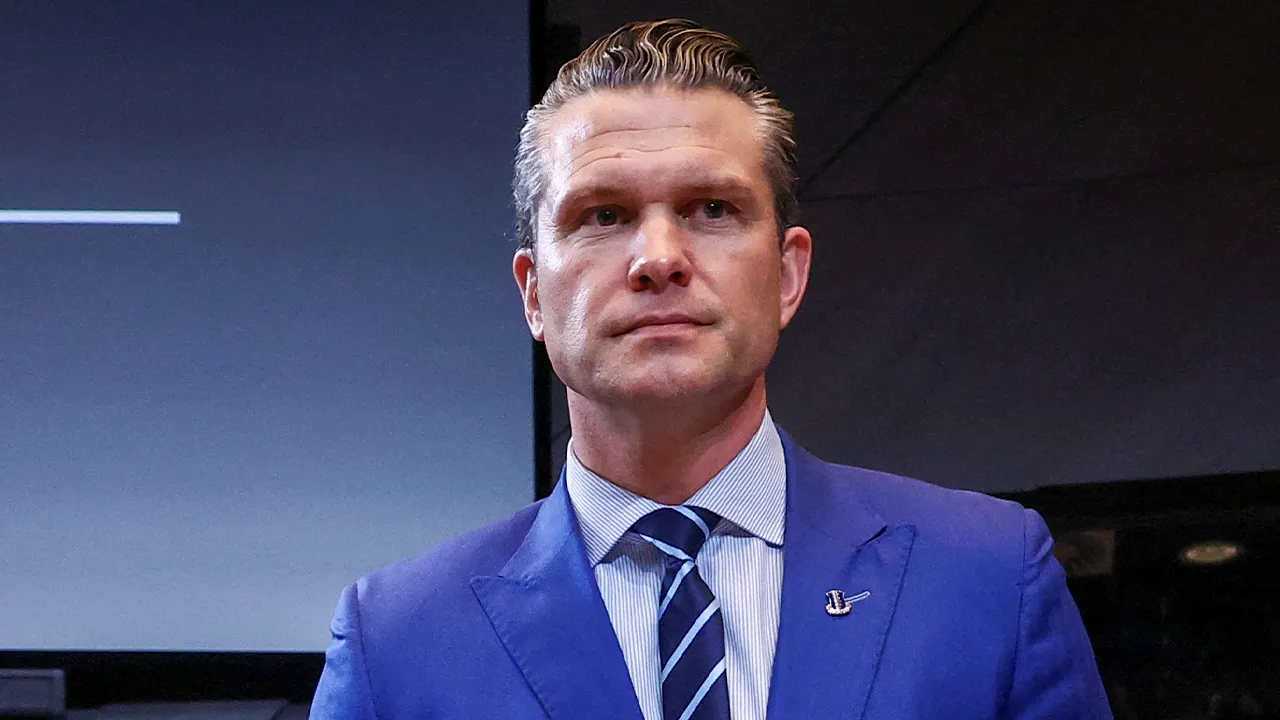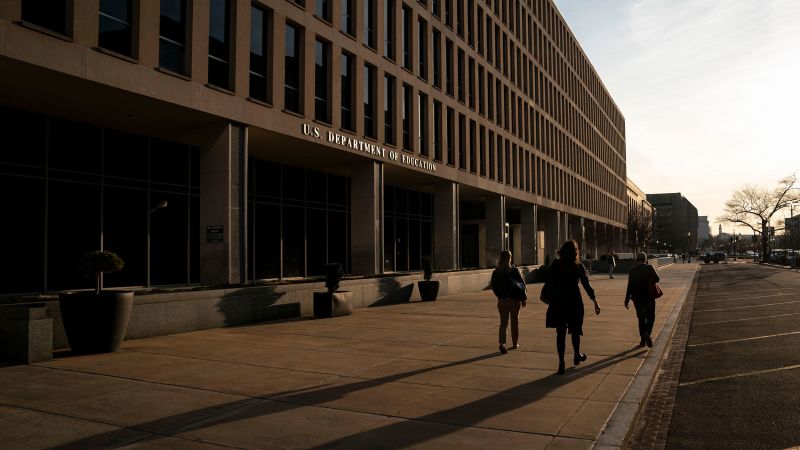A hot end to the week is forecast for North Dakota as a heat dome expands northward from the Southern Plains.
Meanwhile, drought continues to expand in the state, and more federal aid is flowing into North Dakota in response to severe weather in 2022.
A heat dome occurs when the atmosphere acts like a lid and traps a mass of warm air, according to the National Oceanic and Atmospheric Administration.
“Temperatures will begin to soar into the upper 90s to low 100s over western portions of the Northern (and) Central Plains on Friday,” the National Weather Service reported.
The heat dome represents a zone of high pressure from near the surface of the Earth to the level where jets fly. High pressure causes air to sink and become warm. Once a dome is established it can create a cycle of building heat and dryness that is difficult to break, according to AccuWeather.
People are also reading…
“The heat dome and associated heat wave may have the staying power to last for five to seven days in some areas,” AccuWeather Long-Range Meteorologist Brandon Buckingham said.
Some cities in the Central and Northern Plains could experience their hottest temperatures so far this year, according to AccuWeather. That might not be the case in North Dakota, however. The National Weather Service forecast calls for highs in the mid-80s east to 100 in the west for Friday — with Bismarck-Mandan in the 90s — and highs Saturday in the upper 70s northwest to the lower 90s southeast, with Bismarck-Mandan in the upper 80s. Sunday’s highs are expected to cool into the 70s statewide.
Stubborn drought
Drought over the middle of the nation has been a factor in the buildup of heat, according to AccuWeather. Dry ground tends to heat up more quickly than moist ground as less of the sun’s energy is used up in the process of evaporating moisture, according to Senior Meteorologist Alex Sosnowski.
Conditions are particularly bad in the Central and Southern Plains, but they’ve been worsening in North Dakota as the summer goes on. This week’s U.S. Drought Monitor report shows more than 15% of the state in severe drought — the middle of five categories — compared with 7% last week and none three months ago.
Another 31% of the state is in moderate drought, one step down on the monitor. That compares with 7% three months ago. More than 53% of North Dakota is in some form of drought, compared with 19% in late spring.
The worst areas are across northern North Dakota. The southwest and south central regions including the Bismarck-Mandan area remain out of any drought category.
Heavy rainfall in the Central Plains over the past week “bled over in southeast North Dakota, where areas of (abnormally dry conditions) were removed due to heavy precipitation,” Climate Prediction Center Meteorologist Brad Pugh wrote in this week’s report. “Little precipitation was received further north. Continual soil moisture and streamflow impacts led to (moderate and severe drought) expansions.”
Topsoil moisture supplies statewide are rated 51% adequate to surplus; 48% of subsoil moisture supplies are in those categories, according to the latest crop report from the National Agricultural Statistics Service. That compares with 58% and 64%, respectively, a month ago.
Pasture and range conditions statewide are rated mostly fair to good, and stockwater supplies are rated mostly adequate. About 75% of the spring wheat crop is fair or good. The second cutting of alfalfa hay is about two-thirds done, with that crop rated 83% fair to good.
State Emergency Services rated the wildfire danger in far western North Dakota on Thursday as “moderate,” with the rest of the state in the “low” category.
The U.S. Drought Monitor is a partnership of the National Drought Mitigation Center, NOAA and the U.S. Department of Agriculture.
Disaster aid
The federal government recently distributed more aid to help with recovery from severe weather in North Dakota last year.
Burke-Divide Electric Cooperative in northwestern North Dakota is getting about $3.2 million from the Federal Emergency Management Agency for repairs to its distribution system, according to U.S. Sen. Kevin Cramer, R-N.D. The co-op last spring received $3.6 million from FEMA for the same purpose.
The co-op’s distribution system was damaged by late-spring blizzards in 2022 that downed more than 1,000 utility poles and damaged 14 miles of transmission lines, leaving many customers without power for days. Damage was estimated at a minimum of $10 million.
Separately, Legal Services of North Dakota is getting $785,257 from the Legal Services Corp. nonprofit established by Congress in 1974. The money is to help low-income North Dakotans impacted by severe weather in 2022 including blizzards and flooding.
Congress this year approved $20 million for natural disaster civil legal aid. The money is going to 14 organizations around the country that help low-income people with such legal matters as filing for insurance benefits, accessing unemployment and dealing with landlord/tenant issues.
“Disaster response involves so much more than physical repairs, as millions of Americans find out each year when their home or family is impacted by one of these devastating events,” LSC President Ron Flagg said. “Legal aid providers are integral in helping low-income families access vital services and resources that set them on the path to recovery.”

